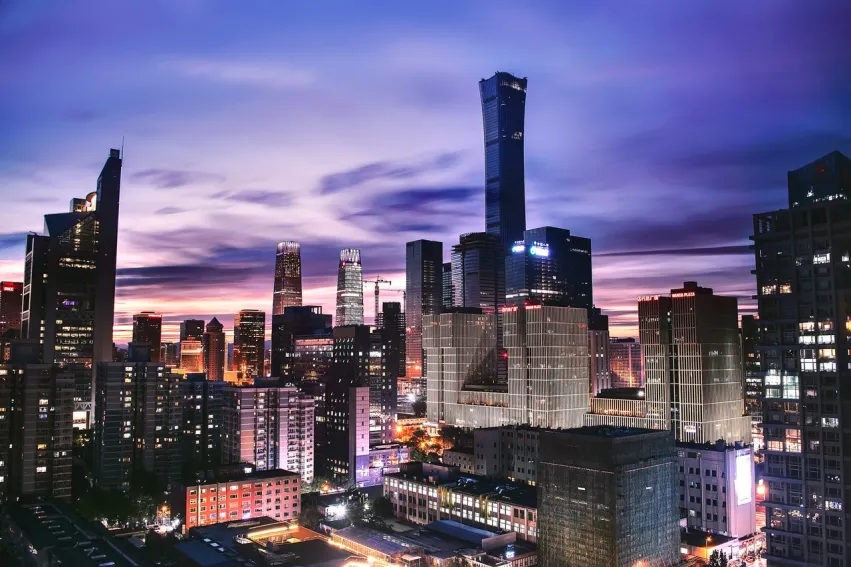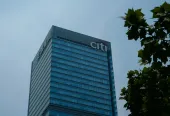
APAC banks face $1.27t in credit losses over the next two years
Chinese banks will account for $398b losses in 2020.
Asia Pacific banks’ forecasts until end-2021 paint a bleak picture of loan defaults and downtrodden profits, with the region is expected to take up 60% of the $1.3t credit losses globally this year alone.
Asia Pacific banking systems is expected to lose as much as $1.27t in over the two years, reports S&P Global Ratings, and is not slated to recover until 2023.
For 2020, the region will account for $518b of the forecasted $926b total increase in credit losses in 2020, dominated by $398 billion of losses in China.
China’s banking system is likely to account for more than three-quarters of these losses and one-half of the region's loans over the next two years, more of a testament to its size. Its asset quality pressures are frontloaded by maintaining a reasonable level of loan loss provisions to nonperforming asset (NPA) coverage, notes S&P.
India and Indonesia’s path to recovery from the pandemic may be more painful than in some other APAC banking jurisdictions. India is seeing a deep recession and had high NPLs leading into the pandemic, whilst Indonesian corporates are burdened by its slow economy, weak commodity prices, and high foreign currency debt—the effects of which may spill over on banks.
Overall, APAC financial institutions’ outlook is tilted towards negative on the back of the pandemic, oil price shocks, and market volatility, S&P noted.
“Nevertheless, asset quality for banks in the region excluding India, profitability excluding Japan, and capitalization are in generally good shape, even as the pathway for the virus remains uncertain. Still, we anticipate that bank capital buffers will be significantly tested over the next six to 18 months,” the report said.
India also has the second-highest NPA level, albeit ranking fifth in system loans—the country’s system loans contribute to less than 5% of loans in the APAC.
On a global scale, bank credit cost ratios in 2020 is forecasted to be around 160 basis points (bps), more than double their 2019 level of 78 bps. This is higher than the ratio recorded in the aftermath of the 2008-2009 global financial crisis, which was around 100 bps to 120bps.
Meanwhile, 2021 credit costs is expected to come at around 95 bps--a level that is still about one-fifth higher than in 2019.
“That said, we note that current accounting rules require a more timely recognition of credit losses than during the financial crisis, the composition of global lending is more weighted toward developing-market economies (including China) that tend to have weaker asset quality, and that the financial crisis had a more limited effect on loan asset quality in some regions (including APAC) than we expect to be the case now,” the report added.
Photo by zhang kaiyv from Pexels



















 Advertise
Advertise







